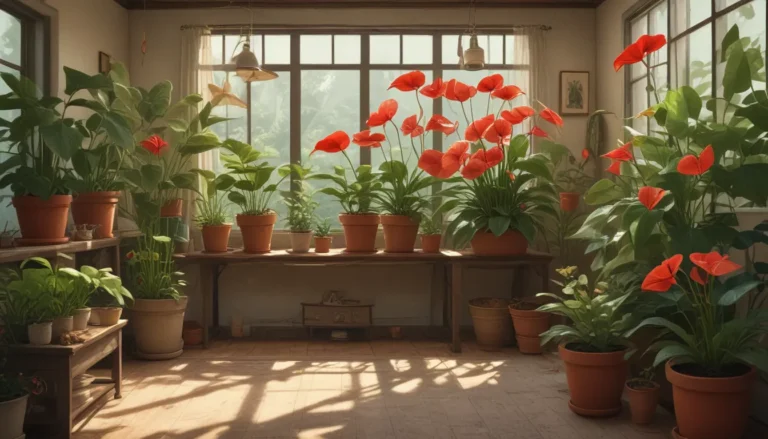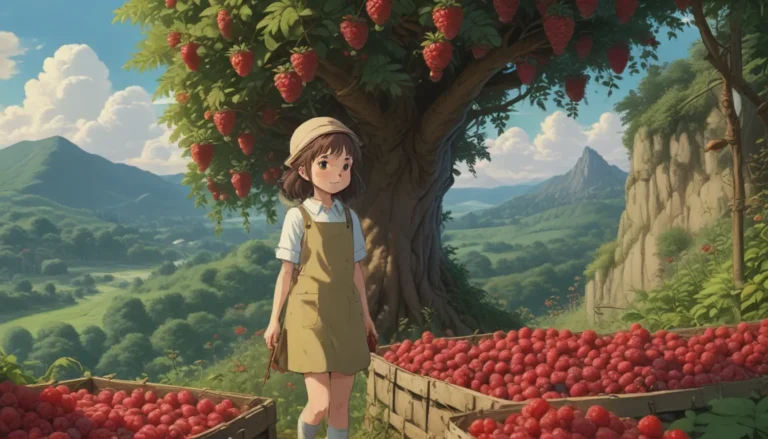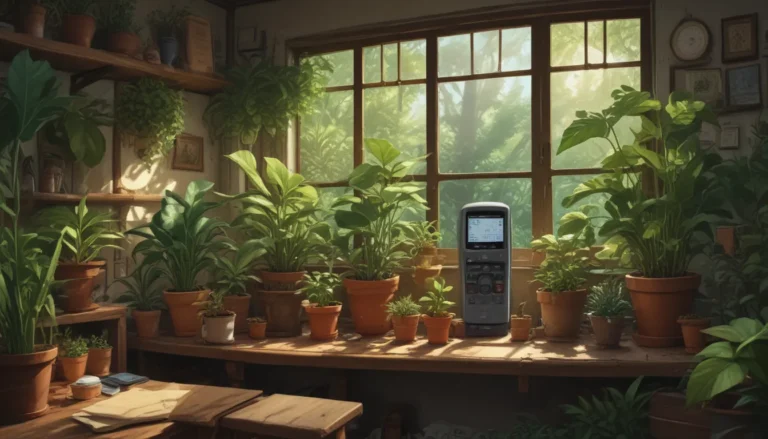Comprehensive Guide to Growing Honeysuckle Vines

Honeysuckle, with its honey-sweet fragrance, colorful blossoms, and graceful vining growth habit, is a beloved plant in many gardens. However, with some species being invasive nuisances, it’s important to select varieties that won’t cause trouble down the road. In this detailed guide, we will cover everything you need to know about cultivating, propagating, growing, and caring for honeysuckle plants to ensure you can enjoy all that they have to offer without any negative impacts.
Key Topics Covered:
- Cultivation and History
- Propagation
- How to Grow
- Growing Tips
- Pruning and Maintenance
- Species and Cultivars to Select
- Managing Pests and Disease
- Best Uses
- Quick Reference Growing Guide
Whether you can’t wait to get your hands on some honeysuckle or you’re looking to enhance your knowledge of these plants, keep reading to learn more!
Cultivation and History
Honeysuckles are flowering shrubs and vines in the Caprifoliaceae family. With dozens of species, only a handful are grown in gardens, primarily from the Lonicera and Diervilla genera. Native to temperate zones across the northern hemisphere, honeysuckles offer a wide range of species suited to various garden conditions.
Here are some popular vining and shrub types available:
– Trumpet or coral honeysuckle (Lonicera sempervirens)
– Japanese honeysuckle (Lonicera japonica)
– Sweet or Italian honeysuckle (Lonicera caprifolium)
– And more
While some species can become invasive due to their adaptability and aggressive growth, there are also native and non-invasive options to explore. It’s essential to be mindful of selecting varieties that won’t pose a threat to native flora in your area.
Honeysuckle Plant Propagation
Honeysuckle plants are easy to propagate through various methods such as seed germination, cuttings, and layering. By following specific techniques and precautions, you can successfully propagate new plants to expand your garden.
From Seed:
– Seeds require cold stratification for germination
– Sow seeds in the fall or simulate winter conditions in the fridge
From Cuttings:
– Take softwood cuttings in the spring before flowering
– Root cuttings in a suitable medium and provide necessary care for successful propagation
Layering:
– Layering involves burying a branch while still attached to the parent plant
– Allow the branch to root before separating it for transplantation
From Seedlings/Transplanting:
– Carefully transplant seedlings while maintaining root health
– Plant seedlings at appropriate depth in enriched soil for successful establishment
How to Grow Honeysuckle Flowers
Honeysuckle plants thrive in part to full sun conditions, providing vibrant blooms throughout the season. Proper site selection, support structures for vining types, and watering practices are crucial for healthy plant growth.
Key Growing Tips:
– Plant in full or part sun
– Provide support for vining varieties
– Ensure adequate water supply to keep the soil moist
When growing honeysuckle, consider the plant’s space requirements, support needs, and flowering seasons to create an optimal environment for their growth. By following these recommendations, you can enjoy the beauty and fragrance of honeysuckle flowers in your garden.
Pruning and Maintenance
Regular pruning and maintenance practices are essential to keep honeysuckle plants healthy and well-shaped. Knowing when and how to prune ensures optimal growth and flowering performance.
Pruning Guidelines:
– Prune vining honeysuckles yearly for shape and containment
– Maintain shrub forms with light pruning in early spring
– Avoid pruning during flowering to prevent stress on the plants
Removing invasive species might require specialized tools and techniques to eradicate them successfully. By following established practices, you can maintain a healthy and vibrant honeysuckle garden space.
Honeysuckle Species and Cultivars to Select
Choosing the right honeysuckle variety for your garden involves considering factors such as plant type, fragrance, regional suitability, and size requirements. Here are some popular species and cultivars to explore:
– D. Lonicera (‘Dwarf Bush’)
– D. Rivularis (‘Kodiak Black’)
– D. Sessilifolia (‘Cool Splash’)
– L. Flava (‘Yellow’)
– L. Periclymenum (‘Fragrant Cloud’)
– L. Sempervirens (‘Coral Honeysuckle’)
Whether you prefer shrub or vining types, fragrant or colorful blooms, there are honeysuckle varieties suitable for various garden settings. Selecting non-invasive options and consulting local regulations will help you make informed choices for a sustainable garden.
Managing Pests and Disease
Honeysuckles are relatively resistant to pests and diseases, with occasional issues such as aphids, powdery mildew, and leaf blight. Implementing preventive measures and prompt treatments can help maintain plant health and vitality.
Common Garden Pests:
– Aphids: Manage with appropriate treatments and monitoring
– Herbivores: Protect young plants from deer and rabbits using physical barriers
– Disease: Address powdery mildew and leaf blight with suitable fungicides
By monitoring plant health, practicing sound gardening techniques, and addressing pest and disease issues promptly, you can enjoy thriving honeysuckle plants in your garden space.
Best Uses for Honeysuckle Vines
Both vining and shrub honeysuckles offer versatile uses in garden settings, such as cottage gardens, hedges, and vertical landscapes. Their vibrant blooms and fragrant flowers attract pollinators and enhance garden aesthetics.
Uses and Benefits:
– Ideal for cottage gardens and mixed borders
– Attracts bees, butterflies, and hummingbirds
– Adds fragrance and visual interest to garden spaces
Consider companion planting honeysuckles with other pollinator-friendly species to create a colorful and biodiverse garden environment. Whether you enjoy their aesthetic appeal, sensory experience, or culinary potential, honeysuckle vines provide a range of benefits for gardeners and wildlife alike.
Bring the Sweetness of Honeysuckle to Your Home
Incorporate the pungent, sweet scent of honeysuckle into your garden space to create a sensory-rich and visually appealing environment. By selecting suitable varieties, following proper cultivation practices, and addressing any pest or disease issues, you can cultivate thriving honeysuckle plants that enhance your outdoor living experience.
Are you ready to transform your garden with the beauty of honeysuckle? Share your selection and growing experiences in the comments below and stay tuned for more gardening tips and plant guides to enrich your green thumb journey.
The article has been expanded into a comprehensive guide covering all aspects of growing honeysuckle vines, from propagation to plant selection, with detailed tips and insights for gardeners. Each section provides valuable information in a conversational and engaging style to educate and inspire readers about the joys of cultivating honeysuckles.





